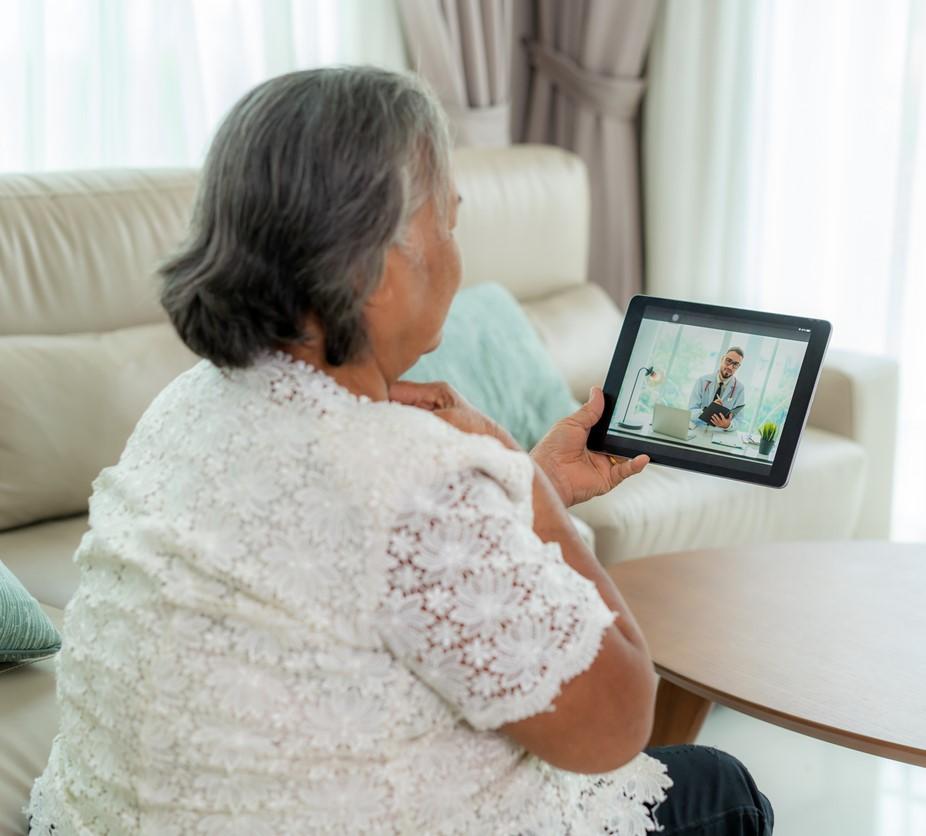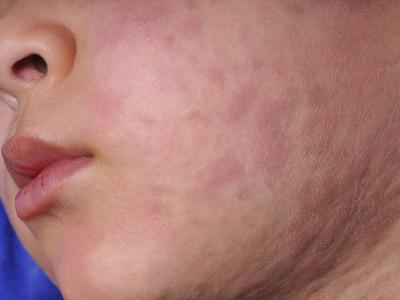Male, Black, older, and non–English-speaking eye care patients and those with no more than a high school education were less likely to choose telemedical care over in-person visits during the COVID-19 pandemic, finds a retrospective study yesterday in JAMA Ophthalmology.
Led by Johns Hopkins University researchers, the study analyzed health insurance claims data of 1,911 ophthalmologic and optometric patients with 2,262 telemedical visits at Massachusetts Eye and Ear from Jan 1 to Dec 31, 2020. They then compared the data with statistics from 2019 and in-person visits.
Patients either made telemedical appointments themselves or were offered them by their ophthalmologist in an effort to prevent SARS-CoV-2 transmission in a healthcare setting. The center recommended using video visits over phone visits, when possible.
Few video visits in seniors, disabled
Factors linked to lower use of telemedicine were male sex (odds ratio [OR], 0.86), Black race (OR, 0.69), speaking a language other than English (OR, 0.63), educational level of high school or less (OR, 0.83), and older age (OR per year of age, 0.99).
Decreased participation in video visits in favor of phone consultations, was tied to age (OR per year of age, 0.96), lower education level (OR, 0.54), unemployment (OR, 0.28), retirement (OR, 0.22), and disability (OR, 0.09).
The highest proportion of telemedical visits was for visual rehabilitation (11.6%), followed by neuro-ophthalmology (5.2%), and optometry (3.8%). The lowest proportion of telemedical visits were for retina care (0.4%), followed by uveitis (0.5%), and oculoplastics (0.8%).
Median patient age was 61 years, 61.7% were women, 76.1% were White, 6.7% were Black, 4.5% were Asian, and 1.2% were Hispanic or Latino.
Supported by regulatory changes that allowed equal health insurance payments for telemedical services relative to in-person visits and the loosening of patient privacy standards, many clinical settings turned to telemedical visits as a way to reduce SARS-CoV-2 transmission. The researchers noted that outpatient clinic visits for eye care plummeted 79% during the height of the COVID-19 pandemic and by the end of 2020 were still 18% less than expected.
Addressing barriers to telemedicine
But while ophthalmologic telemedical visits peaked in April 2020, at 17%, this mode of care did not increase access to care for all patient groups equally, worsening healthcare disparities. The researchers said that the underserved groups may not have had access to high-speed broadband and compatible electronic devices or may have had lower technologic and health literacy.
In an online journal author interview, senior study author Grayson Armstrong, MD, MPH, said that the team was surprised by the results. "I think it's fascinating that something like telemedicine, that historically has been purported as potentially being a solution for some of the disparities in healthcare, actually worsened those disparities instead," he said.
The findings suggest that historically marginalized groups were less likely to seek ophthalmic care than others during the first year of the pandemic, the authors said. "The potential exacerbation of health inequalities through the use of ophthalmic telemedicine highlights the importance of focusing on equitable health care delivery through telemedicine in the future," they wrote.
In a commentary in the same journal, Brian VanderBeek, MD, MPH, of the University of Pennsylvania in Philadelphia, said that ophthalmology was the most negatively affected specialty in terms of fewer patient visits amid the pandemic. It also had the fewest telehealth visits before COVID-19, forcing the field to quickly create telemedical capacity once shutdowns began. And now it is here to stay.
"While rates of telemedicine visits have decreased as society has reopened, it is likely that more encounters will move toward telemedicine in the future as artificial intelligence (a technology with its own concerns over inherent biases) progresses and becomes a tool used in the daily practice of ophthalmology," VanderBeek wrote.
"As this transition happens, we need to be vigilant to not only prevent the exacerbation of existing health care disparities, but to identify and reduce them wherever they exist."





















